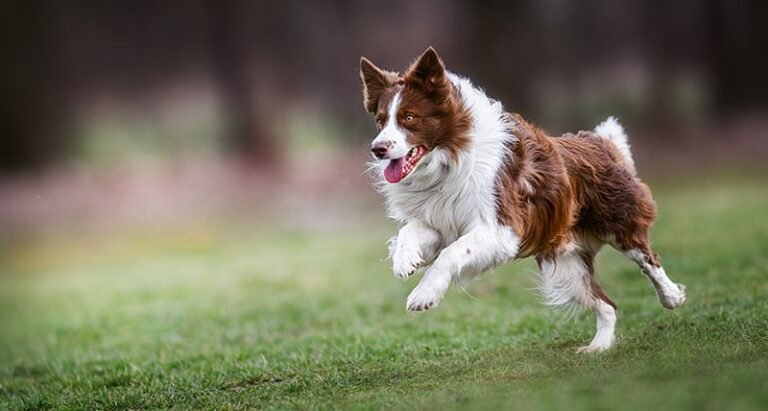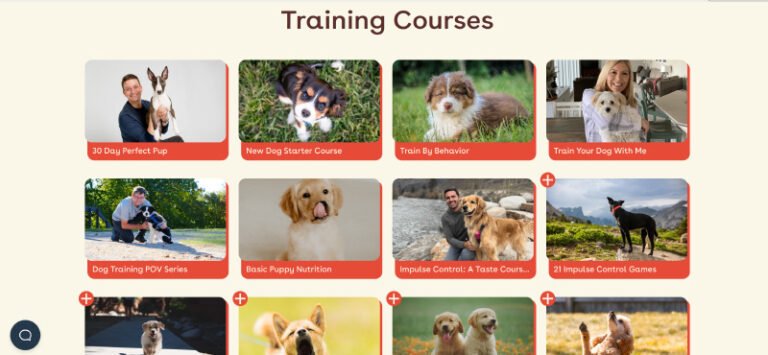Have you ever wondered what it takes to train your dog effectively? Training your furry friend is not just about obedience; it’s about creating a harmonious bond between you and your pet. Cesar Millan, famously known as the “Dog Whisperer,” has cultivated his expertise through years of hands-on experience with dogs of all breeds and behaviors. Understanding and implementing his essential do’s and don’ts can significantly enhance your training journey and improve your relationship with your canine companion.
Understanding Dog Behavior
Before diving into the training tips, it’s vital to understand dog behavior. Dogs are instinctual creatures. Their actions often stem from inherited traits and social dynamics. By placing yourself in your dog’s mindset—thinking about their needs, fears, and instincts—you can tailor your training approach effectively.
The Importance of Energy
Cesar Millan emphasizes the importance of your energy when interacting with your dog. Dogs can pick up on your moods and emotions; if you are anxious or frustrated, your dog may mirror those feelings. Thus, maintaining a calm and assertive energy is crucial for successful training.
Communicating with Your Dog
Canine communication differs from human interactions. Dogs primarily use body language, ranging from tail positions to ear placements. Familiarizing yourself with these signals ensures that your training sessions are more productive and that you understand your dog’s reactions and feelings better.
Cesar Millan’s Do’s of Dog Training
Now, let’s look at some of the essential do’s recommended by Cesar Millan that can help you train your dog successfully.
Do: Establish Leadership
Establishing yourself as the leader of your pack is fundamental. Dogs thrive in environments where they can understand their position within their social structure. Demonstrating leadership in a calm and assertive manner will earn your dog’s respect and cooperation.
Do: Use Positive Reinforcement
Positive reinforcement involves rewarding desired behaviors with treats, praise, or playtime. This method encourages your dog to repeat those behaviors. Dogs respond more favorably to affection and attention when they do something right, so make sure you’re ready to reward them!
Do: Be Consistent
Consistency is key in dog training. Your dog needs clear and consistent commands, so make sure everyone in your household uses the same cues for commands. This consistency helps reinforce learning and avoids confusion.
Do: Set Realistic Goals
Setting achievable goals is important for the success of your training sessions. Whether you aim to teach your dog to sit or to walk nicely on a leash, start with small, manageable objectives. Celebrate each achievement, no matter how minor, to boost motivation for both you and your pet.
Do: Socialize Your Dog
Socializing your dog is another critical component of training. Exposing your dog to various people, other dogs, and different environments from an early age will help them become well-adjusted. Gradually introducing them to new experiences will build their confidence and reduce anxiety.
Do: Focus on Exercise
Physical exercise plays a crucial role in your dog’s mental health and behavior. A tired dog is a well-behaved dog. Incorporate regular walks, playtime, and interactive games into your daily routine to keep your canine companion physically active.
Cesar Millan’s Don’ts of Dog Training
Alongside the do’s, it’s equally important to pay attention to Cesar Millan’s list of don’ts. Avoiding these common pitfalls can make a significant difference in your training approach.
Don’t: Use Aggressive Methods
Using forceful or aggressive methods to train your dog is detrimental. Not only can it damage the trust between you and your pet, but it can also lead to fear-based behavior or aggression in your dog. Focus on positive methods that encourage rather than intimidate.
Don’t: Overwhelm Your Dog
Dogs, like humans, can become overwhelmed. Bombarding them with too many commands or distracting stimuli can lead to confusion and anxiety. It’s essential to pace your training sessions and focus on one command or behavior at a time.
Don’t: Ignore Body Language
Ignoring your dog’s body language can lead to misunderstandings and potentially harmful situations. Always pay attention to your dog’s signals, such as flattened ears or a tucked tail, as these can indicate signs of stress or discomfort.
Don’t: Allow Bad Behaviors to Hatch
Inconsistently allowing bad behaviors to slide can confuse your dog. For example, if you allow your dog to jump on you some days but scold them other days, they won’t understand what is acceptable. Address undesired behaviors consistently and immediately to instill clear boundaries.
Don’t: Skip Training Sessions
Training requires consistency and regular practice. Skipping training sessions can stall your dog’s learning and reinforce bad habits. Make dog training a regular part of your routine to ensure steady progress.
Different Techniques for Different Breeds
All dogs are unique, and various breeds may respond to different techniques. Understanding the specific traits of your dog’s breed can enhance your training strategy.
Working Breeds
Working breeds, like German Shepherds and Border Collies, usually possess high energy levels and intelligence. Utilize this by incorporating tasks and activities that challenge their minds and bodies. Agility training or obedience classes are excellent for these active breeds.
Toy Breeds
Toy breeds like Chihuahuas and Pomeranians might require a different approach. Due to their smaller size, they can be trained using gentler methods. Keep in mind that they may also exhibit stubbornness, so patience is essential. Positive reinforcement is especially effective with these small dogs.
Sporting Breeds
Sporting breeds like Labrador Retrievers and Spaniels thrive on exercise and stimulation. Incorporate fun activities like fetching or swimming into your training to keep it engaging and beneficial. Training sessions that combine play and learning make excellent use of their energy while strengthening your bond.
Building a Strong Bond with Your Dog
Training isn’t just about teaching commands; it’s also about fostering a strong relationship with your dog. Here are some tips to help strengthen that connection.
Spend Quality Time Together
Prioritize quality time with your dog. This can be through daily walks, adventures to new places, or simply cuddling on the couch. The more time you spend together, the more your dog will feel connected to you.
Be Patient and Understanding
Dog training takes time—your pet won’t learn everything overnight. Patience is crucial during this journey. Approach each challenge with understanding rather than frustration. Celebrate progress no matter how small.
Create Fun Training Sessions
Keep training sessions enjoyable to maintain both your and your dog’s enthusiasm. Incorporate games, play, and variation in activities to prevent boredom and foster eagerness to learn.
The Role of Discipline in Training
Discipline in dog training does not mean punishment; instead, it reflects the establishment of boundaries and expectations.
Setting Boundaries
Maintaining consistent boundaries helps your dog understand your expectations. For instance, if jumping on the couch is off-limits, be consistent in enforcing this rule. This clarity helps your dog navigate acceptable and unacceptable behaviors.
Correction Without Punishment
If your dog is misbehaving, correct them gently without resorting to punishment. For example, redirect unwanted behavior by calmly guiding them towards a more appropriate activity. Offering alternative behaviors helps reinforce what you want them to do.
Conclusion: The Journey Ahead
Training your dog is an ongoing journey filled with challenges and rewards. By implementing Cesar Millan’s do’s and don’ts, you’ll not only enhance your pet’s obedience but also nurture a trusting and loving relationship. Remember, your energy, consistency, and understanding play pivotal roles in this process. Every dog is different, and customization to their needs will help you succeed.
Embrace the challenges ahead, keep learning, and enjoy every moment with your unique companion. The journey will not only enrich your dog’s life but potentially transform your own as well. Happy training!



